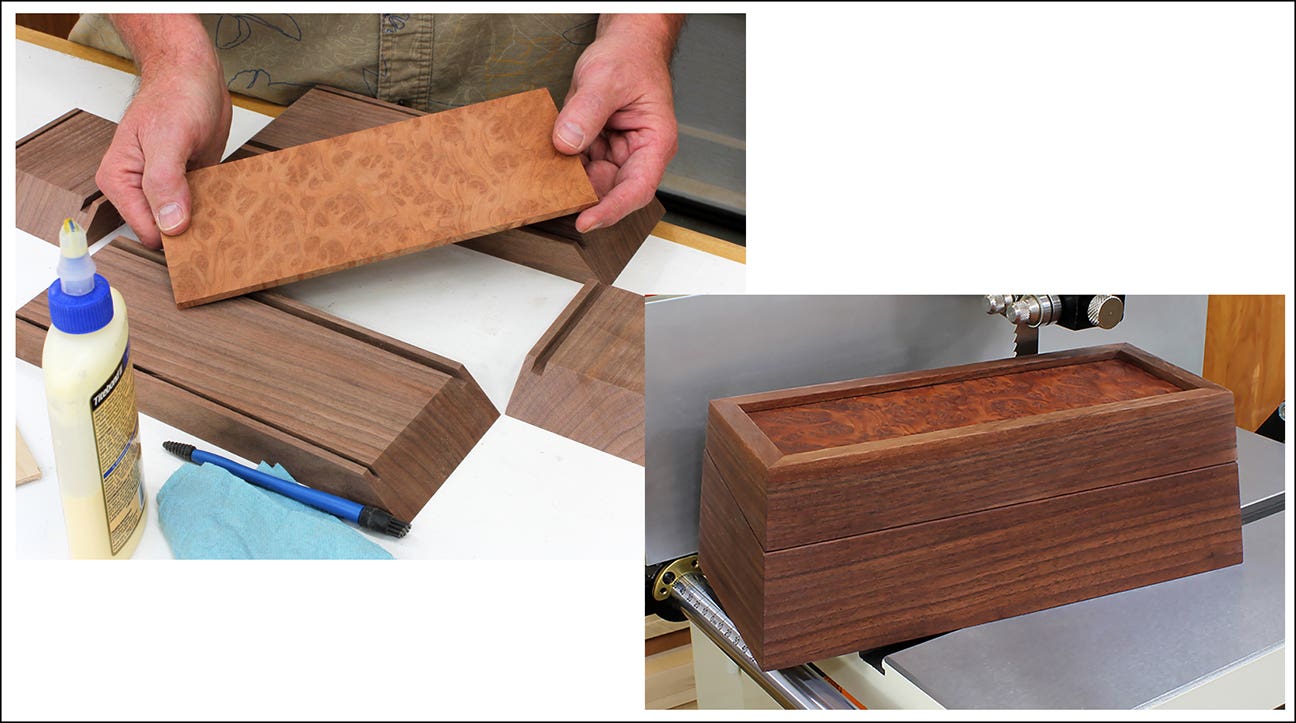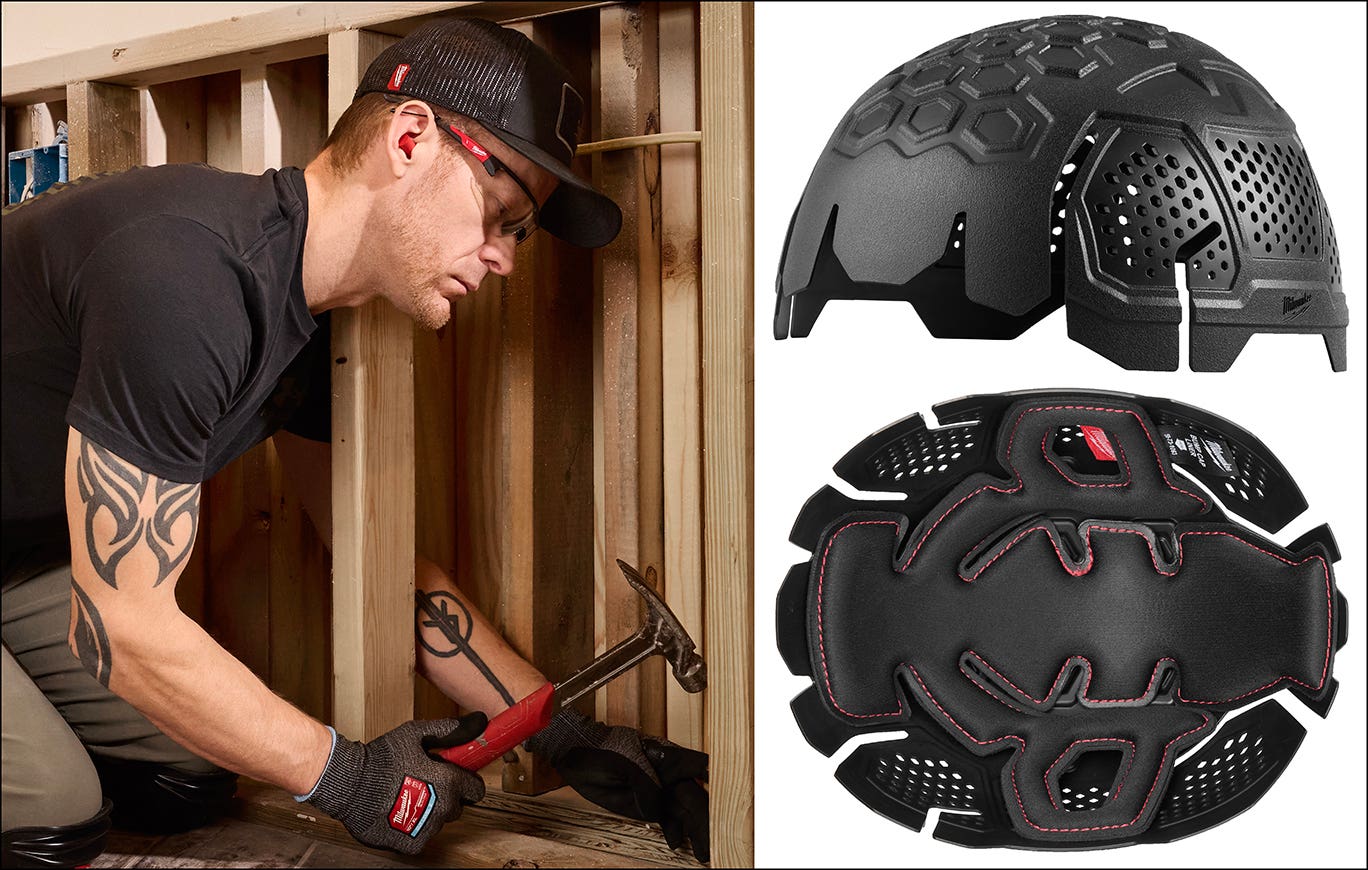Forge into the future with cost analysis
All economic signs point to a slow recovery from the recession. The overall economy looks a bit brighter than a couple of years ago — or at least this is…
All economic signs point to a slow recovery from the recession. The overall economy looks a bit brighter than a couple of years ago — or at least this is what the politicians tell us. For this and other good reasons, many woodworkers are considering renovating or enlarging their shop or building a new one. This, plus the acquisition of more modern equipment will involve the investment of several thousands of dollars.
The message of this article is that before starting a new project, or perhaps building an entirely new shop, the undertaking of a comprehensive feasibility study is a must. Too often, entrepreneurs spend thousands of dollars only to find that, because of poor conceptual planning, profit forecasts don’t come to fruition. Many of these disappointments are preventable — particularly those caused by poor timing, improper management decisions, undercapitalization or building for a market that might never exist.
What is its purpose?
A proper feasibility study provides a cost-benefit analysis. Its sole purpose is to answer the questions: Will the completed project satisfy your objectives and overcome your constraints? What is needed? What is wanted? Will it pay? What is the go/no-go criteria, beyond which the project should not proceed?
It is you, the woodshop owner, who must initially establish the objectives and what plant detriment(s) or condition is to be corrected or opportunity is to be capitalized. Uncertain objectives or indefinite limitations will produce only ambiguous results. The purpose of the undertaking might be to gain new customers or possibly provide offsetting benefits such as greater plant efficiency. Constraints — those matters that will inhibit or nullify the project — are usually financial, legal or physical. Examples would be the cost of debt financing, uncertainty about increased profits, inadequate site for in-plant enlargement, concerns about the market for your product lines or perhaps personal limitations such as advancing age.
In today’s precarious economic times, lenders require substantial supportive data and analysis before allowing you to borrow money. Increasing development and operating costs, coupled with decreasing profits lessen the chance of success. The need for an accurate cost-benefit study has never been more necessary than it is today.
There are two sections
A feasibility study has two distinct sections. The first is to provide the economic and demographic demand and competition study for the proposed project. From this comes the conceptual plan. The second section breaks down the financial cost and probable returns on the investment and then answers the hot-button question: Will it pay? For modernization, renovation or property enlargement the first section can be subdivided into six subsections.
1. A strategy that details your objectives, motives, inputs and constraints.
2. An understanding of how national, general and community economics, political inferences and trends will affect the project.
3. A survey of the market and an analysis of the competition. Who does what? Is the competition similar, better or poorer than us? Be honest on this one. If you fool anyone, it will only be yourself.
4. A determination of unsatisfied demand. What is missing? What is needed? By whom and from where?
5. Requirements to fill that unsatisfied demand, including necessary production facilities and equipment, and the cost of satisfying that demand.
6. An examination of your present plant and the assurance that the proposed changes will meld with your objectives, overcome your constraints, be able to effectively compete in the marketplace, service any debt incurred and provide a satisfactory return on your capital investment.
The will-it-pay second section is a detailed projection of all potential sources of income and expenses. It is wise to conduct a sensitivity analysis that considers differing levels of income, expenses and debt service — pessimistic, optimistic and realistic. To be given consideration are returns on investment at varying combinations of equity and debt.
Analyze the external and internal factors affecting your business and measure their effect. The purpose of this portion of the study is to make you aware of both the controllable and uncontrollable elements that dominate your operation and their interrelationship.
The first step is to measure the size and scope of the potential market and what influences exist, or could exist in the future, to change it. What is happening nationally, statewide and locally that will impact the direction your shop will be taking? The principal focus should be on the longer-term trends that shape demand and how they will affect your sales and profits directly and indirectly. What can be controlled and what must be accepted as a fact of life?
Will the project increase demand?
The market-delineation section of the study estimates what share of the market your shop should be able to acquire. No woodworking shop can ever capture all of the market. It should select its own niche and then do everything possible to obtain as high a percent of that niche as possible.
It is always difficult to estimate latent demand. This is a demand that exists but remains unfilled by anyone. However, to estimate that demand, except within the widest of parameters, is anybody’s guess. Is there enough to add on to your shop or purchase a bevy of new equipment? Other than an interpretation of the statistical base of your market area, past experience with your customers and a detailed analysis of your competitors, you can never tell for sure.
Measure your market
Having completed both the demographic and economic studies you can now project the following:
1. What volume of sales can be obtained by yourself and all primary competitors in your market area?
2. What will be your capture rate? This is the percent of the total market you can reasonably expect to obtain.
3. What is considered competitive pricing for your products? Will it be able to attract that capture rate and obtain a profit and an adequate return on your investment?
4. What is the growth potential for your shop? Are the estimated sales and profits after project completion realistic or wishful thinking?
5. Are there other ways to obtain that capture rate and profit? What about buying or merging with a competitor?
Although most shop owners know the location and product line of their competitors, few seriously examine their rivals or, if so, seldom consider their areas of superiority. The most significant forecasting errors occur not from wrongful interpretation of the statistical data, but from inadequate competitor analysis.
You must constantly be aware that the marketplace is always changing. The demands and needs of five years ago are different today. Success in any venture can only come from setting clearly defined objectives and adequate planning. Although a feasibility study might not provide all the answers, it eliminates many of the pitfalls that are easy to overlook.
Lloyd Manning is a semiretired commercial real estate and business appraiser and financial analyst. His most recent book, “Winning with Commercial Real Estate: The Ins and Outs of Making Money in Investment Properties,” which devotes an entire chapter to feasibility studies, is available from Booklocker Inc., Amazon and Barnes & Noble.
This article originally appeared in the September 2012 issue.






